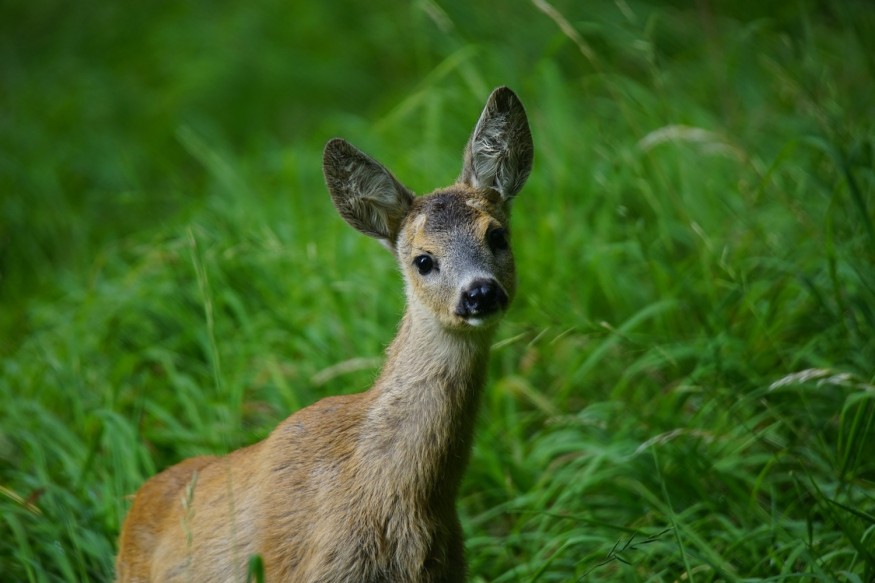
If you have deer in your area, then it is about time you learned that fawning season is just about here. This can be a very sensitive time for people living close to woodland wildlife. It is the time of year that you may find a lot of young or newly born animals seemingly on their own.
However, they are not as vulnerable as you might think and it is best to refrain from getting too close.
An orphaned animal is not common
You have probably watched a lot of heartwarming movies or documentaries about people taking in abandoned wild animals and making them part of the family or restoring them to the wild. Still, the reality is that instances of the orphaned animal are not that common.
Most of the young critters you see alone during fawning season are actually still being taken cared of. If you see a fledgling on the ground, for instance, it is only because it has just begun learning how to fly. If you see a fawn sitting down all by itself, then it is most probably because its mother is out getting food.
All of these are just natural stages of development among local forest wildlife. Fawning season is a trademark of springtime after all, and there are a lot of new beginnings for many animal families.
Also read : How To Help Wild Animals During Winter?
How to check if wildlife critters need help
Still, that does not mean there is absolutely nothing for you to do when making sure this fawning season goes well. There is no denying the impact of urbanization on animal populations, and making sure to spot the real unusual signs can go a long way.
These signs can vary from animal to animal, but some of the more general ones include:
#1. Bodies of dead adults
Exceptions can be made if you have spotted a dead body of an adult animal in the area. Whether it was the result of an illegal hunt or a predator attack, it is worth reporting so that local conservation authorities can take action.
#2. Seriously wounded animals
It is perfectly fine to watch lone fawns and other baby animals from a distance. However, if you see one with a serious injury, you can intervene. Other similar cases include seeing nestlings on the ground (birds who mostly have down and little to no feathers), or even saving young animals from approaching predators.
#3. Young animals wandering into your property
If you see a fawn stumbling around your property and the parent is nowhere in sight, something could definitely be wrong. Contact your local wildlife conservation hotline immediately and keep the animal safe until the authorities arrive.
To sum it all up, it is always best to think twice before jumping to conclusions about 'lone' fawns and little birds hopping out of their nest. There are plenty of times when nature takes strange turns during its course, but it is always better to let it do its job.
Also read: Study: Legal Trade Still Poses Threat To Many Wildlife Species
© 2025 NatureWorldNews.com All rights reserved. Do not reproduce without permission.





